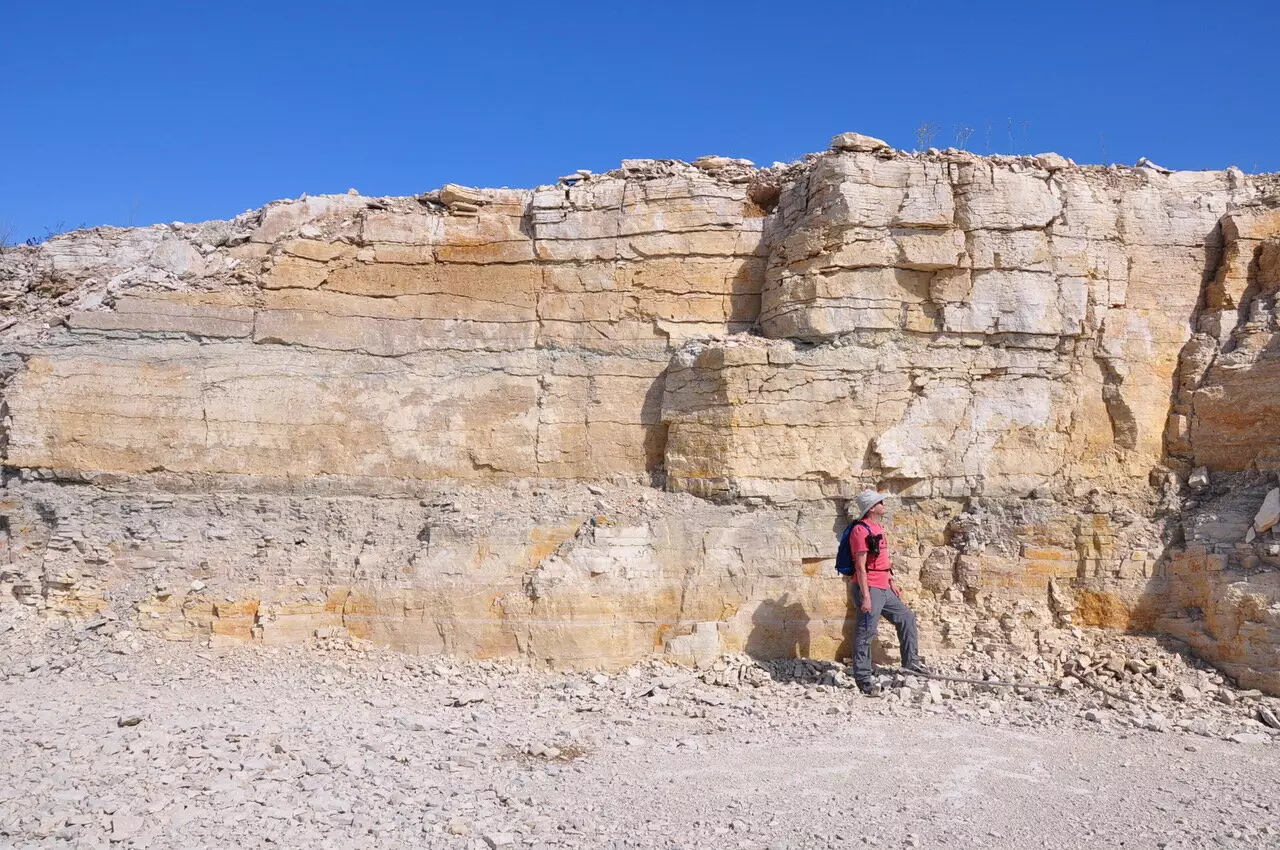In a recent study conducted by researchers at the University of Saskatchewan, evidence of a massive tsunami that occurred hundreds of millions of years ago in Western Canada has been uncovered. Dr. Brian Pratt and Dr. Colin Sproat have shed light on this ancient event, providing remarkable insights into the geological history of the region. This discovery challenges our understanding of the forces that shaped the landscape in the distant past.
During the Ordovician period, approximately 445 million years ago, the region now known as Saskatchewan and Manitoba, along with parts of the United States, was covered by an ancient sea called the Williston Basin. The area looked vastly different from what it does today, with a tropical, shallow inland sea dominating the landscape. This environment was a far cry from the temperate grasslands that exist in the region now.
Pratt and Sproat conducted research at three sites near The Pas, Manitoba, where they found sedimentary evidence of a powerful event that had previously gone unnoticed. The discovery of clay mixed with pebbles in certain sediment beds indicated a high-energy event in the ancient sea. The absence of clay in the deeper waters suggested that it had been carried from the land, pointing to a catastrophic disturbance.
After careful analysis, the researchers concluded that the most plausible explanation for the observed destruction was a tsunami that swept through the Williston Basin. The sudden slippage of a fault in the region’s crust triggered violent shockwaves that rippled through the sea, causing the water to surge and wash clay back into the basin. This chain of events left a lasting mark on the geological record.
The unique geological features of the Williston Basin, coupled with the limited accessibility of the region, had previously hindered researchers from fully understanding its history. However, the recent excavation of new quarries in Northern Manitoba provided Pratt and Sproat with unprecedented access to additional layers of the basin. This newfound perspective allowed them to piece together the puzzle of the ancient tsunami.
Implications for Earth’s History
The discovery of this ancient tsunami not only sheds light on the past events that shaped Western Canada but also raises questions about the prevalence of such phenomena in Earth’s history. By studying the geological processes that occurred in the region millions of years ago, researchers can gain valuable insights into the evolution of ancient ecosystems and the impact of natural disasters on marine life.
As Pratt and Sproat continue their exploration of the Williston Basin, they plan to investigate other sites in Canada for similar evidence of seismic sea waves. By expanding their research to other regions, they hope to uncover more clues about the role tsunamis played in shaping landscapes and ecosystems throughout Earth’s history. This pioneering work challenges traditional geological narratives and opens up new avenues for understanding our planet’s past.



Leave a Reply